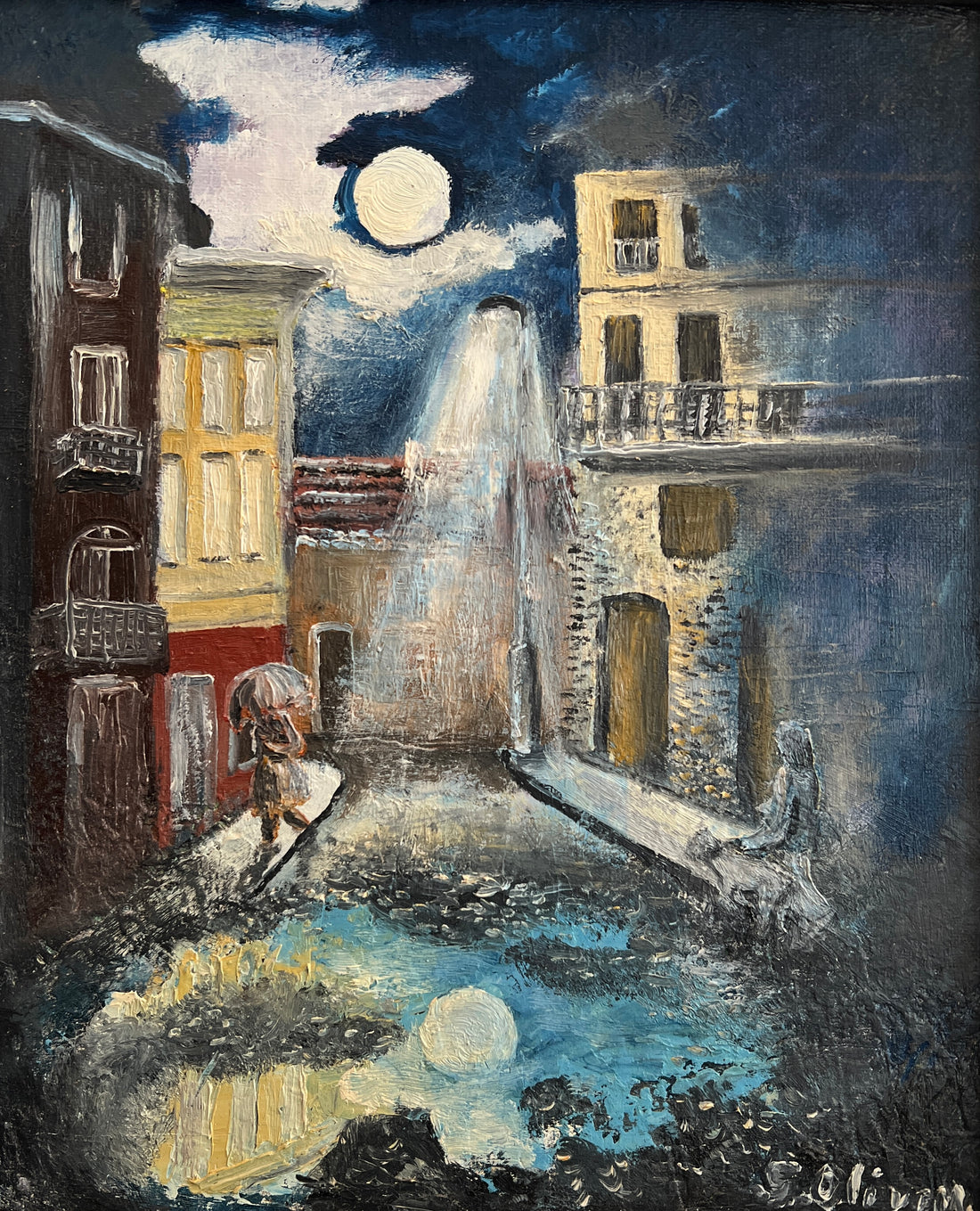Oil painting is a painting technique that uses pigments mixed with an oil binder, usually linseed oil. It is one of the oldest and most widely used painting techniques in art history, prized for its richness of color, depth and durability. Oil painting has been used in a variety of art styles and genres, from realism and impressionism to surrealism and abstract expressionism.
The oil painting process usually involves several stages:
1. Canvas Preparation: The canvas is stretched over a wooden stretcher and treated with a coat of primer (gesso) to seal the surface and provide a uniform surface for paint application.
2. Drawing or sketch: The artist can make a preliminary drawing on the canvas to establish the composition and distribution of the elements before applying the paint.
3. Layering: Oil paint is applied in layers, starting with thin, translucent layers and then gradually building up the painting with successive layers. This allows the artist to work on the paint while it is wet, mixing colors and adjusting details.
4. Drying: Oil paint dries slowly, allowing the artist to work on the painting for an extended period of time. This makes it easier to manipulate the paint and create texture and depth effects.
5. Finishing and varnishing: Once the paint has completely dried, a transparent varnish can be applied to protect the surface and enhance the colors.
Great exponents of oil painting include:
1. Leonardo da Vinci (1452-1519): Renowned for masterpieces such as “The Mona Lisa” and “The Last Supper,” Da Vinci was one of the greatest geniuses of the Italian Renaissance and a master in the use of oil paint.
2. Rembrandt van Rijn (1606-1669): Known for his ability to capture light and emotion in his portraits, Rembrandt is one of the most influential artists in the history of oil painting.
3. Vincent van Gogh (1853-1890): Recognized for his unique and expressive style, Van Gogh was a pioneer of Post-Impressionism and created iconic works such as “The Starry Night” and “The Sunflowers.”
4. Claude Monet (1840-1926): Considered one of the leaders of the Impressionist movement, Monet is famous for his stunning landscapes and his innovative use of color and light.
5. Johannes Vermeer (1632-1675): Known for his mastery of realism and composition, Vermeer created masterpieces such as “Girl with a Pearl Earring” and “View of Delft.”
These are just a few examples of the many artists who have left an indelible mark on the history of oil painting with their technical skills and innovative creativity. Each of them has contributed to the development and evolution of this revered painting technique.
